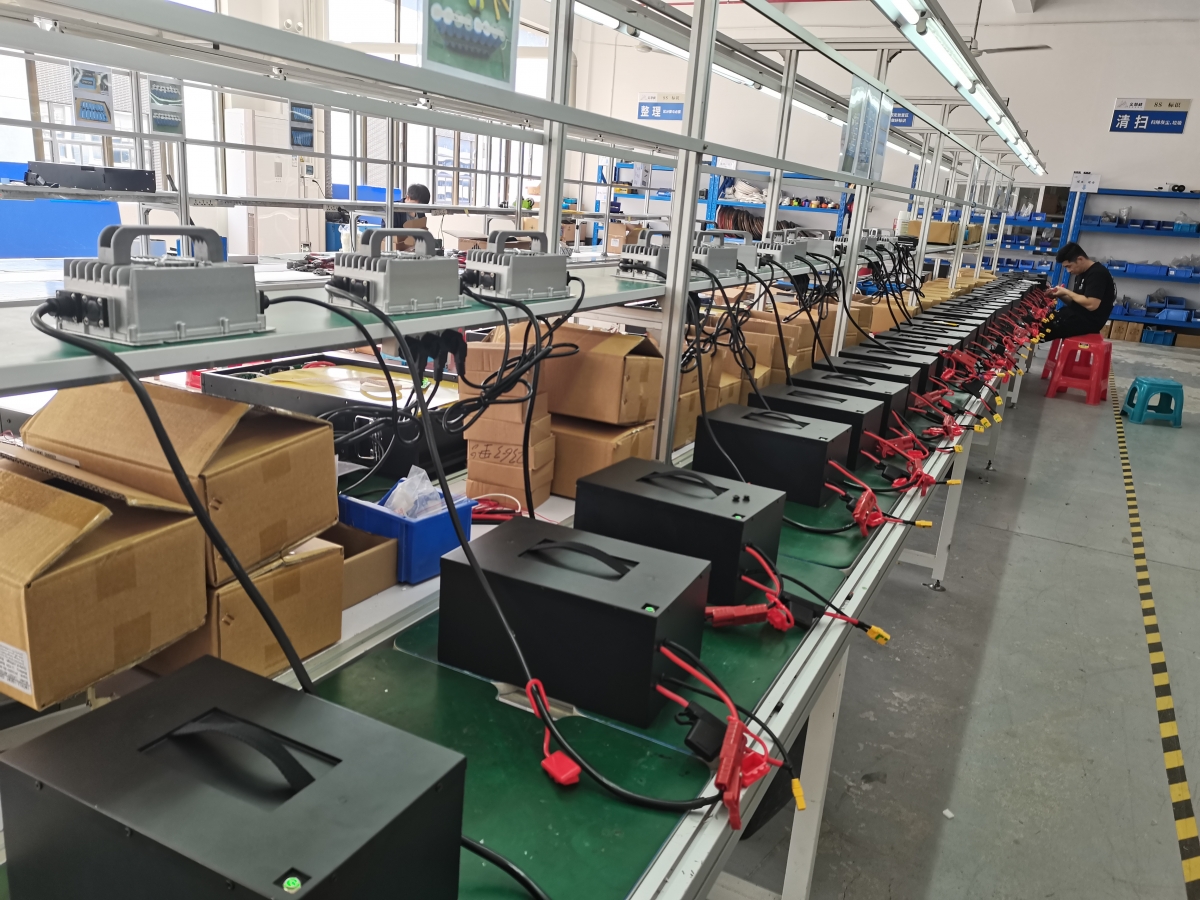- 24
- Feb
The development trend of power batteries, how will the lithium industry choose?
Solar energy has always been considered an environmentally friendly energy source. The cost of solar panels and wind turbines has fallen sharply over the past decade, making them increasingly competitive against coal and natural gas. But the development and direction of batteries that carry electricity will influence the development of this technology project.

Now, the same thing is happening with batteries, which will make electric vehicles cheaper and allow the grid to store excess energy to provide when needed. Demand for batteries in the transportation industry is estimated to grow nearly 40-fold by 2040, putting increasing pressure on the raw material supply chain. The growth in the number of electric vehicles worldwide will increase the demand for electricity. The supply of raw materials for lithium batteries could become an issue.
Unlike solar panels, the production of new cells alone will not be enough to ensure continued price declines without action to address shortages of critical raw materials. Lithium batteries contain rare metals such as cobalt, whose price has doubled in the past two years, raising the cost of battery production.
The cost of lithium-ion batteries, measured per kilowatt-hour of electricity generated, has fallen by 75 percent over the past eight years. But rising prices will put increasing pressure on the raw material supply chain. As a result, automakers have turned to lithium batteries, which use 75 percent less cobalt than current technology.
The good news is that the battery industry is not only trying to increase the energy storage capacity of batteries with the same amount of raw materials, it is also trying to switch to an abundant supply of metals.
Investors have poured money into startups that can develop promising new battery technologies, and utilities looking to develop static electricity storage facilities are also considering so-called flow batteries, which use recyclable materials such as vanadium.
After more than 20 years of development, vanadium flow battery has become a mature energy storage technology. Its application direction is MWh-level large-scale energy storage power stations of new energy power plants and power grids. Lithium batteries are important to power banks, they are like spoons and shovels in comparison. are irreplaceable for each other. The important competitors of all-vanadium flow batteries are large-scale energy storage technologies such as hydraulic energy storage, compressed air energy storage, and flow batteries for other systems.
Power companies will turn to flow batteries, which store electrical energy in large, self-contained containers filled with a liquid electrolyte, which is then pumped into the battery. Such batteries can use different raw materials, such as the metal vanadium currently used in the steel industry.
The advantage of vanadium batteries is that they do not lose charge as quickly as lithium batteries (a process known as charge decay). Vanadium is also easy to recycle.
Compared with lithium batteries, vanadium redox flow batteries have three important advantages:
First, convenience. A system can be as big as your refrigerator or as big as a substation in your area. There’s enough electricity to power your home for a day to a year, so you can design it however you want.
2. Long service life. You might need half a century.
3. Good security. There is no pressure in the face of high current and overcharge, which is a taboo for lithium batteries, and there will be no fire and explosion at all.
China dominates vanadium production and accounts for half of the global supply. As the number of Chinese battery manufacturers increases, it is likely that most batteries will be produced in China in the coming decades. According to Benchmark Mineral Intelligence, half of the world’s battery production could be in my country by 2028.
If vanadium batteries are widely used in solar cell storage devices, it is possible to use renewable energy to charge lithium batteries in electric vehicles. It also enables the use of substantial lithium resources for automotive and electronic technology battery applications.
